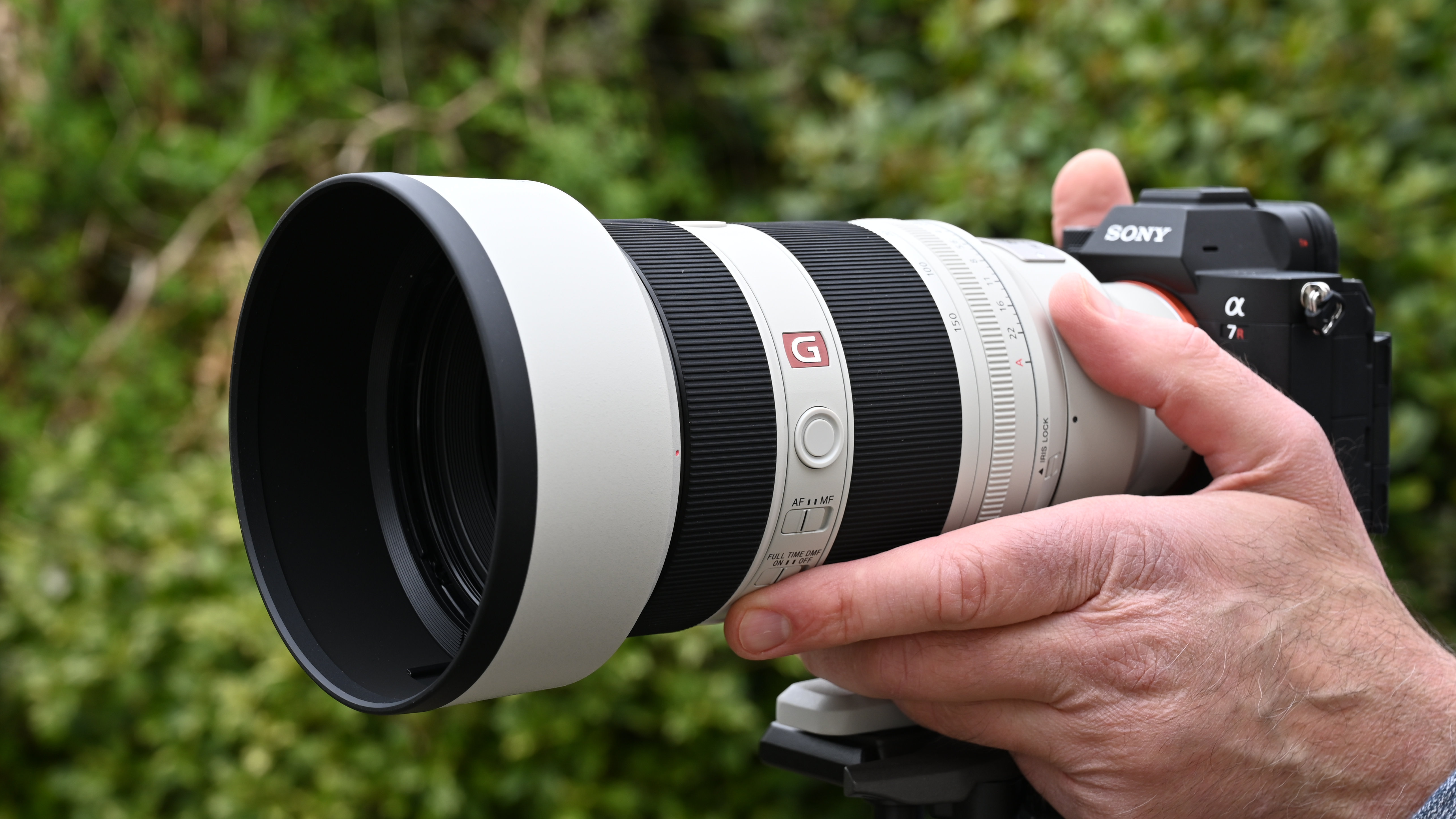Best budget video cameras in 2025
We select the best budget video cameras, from action cameras to camcorders and mirrorless models
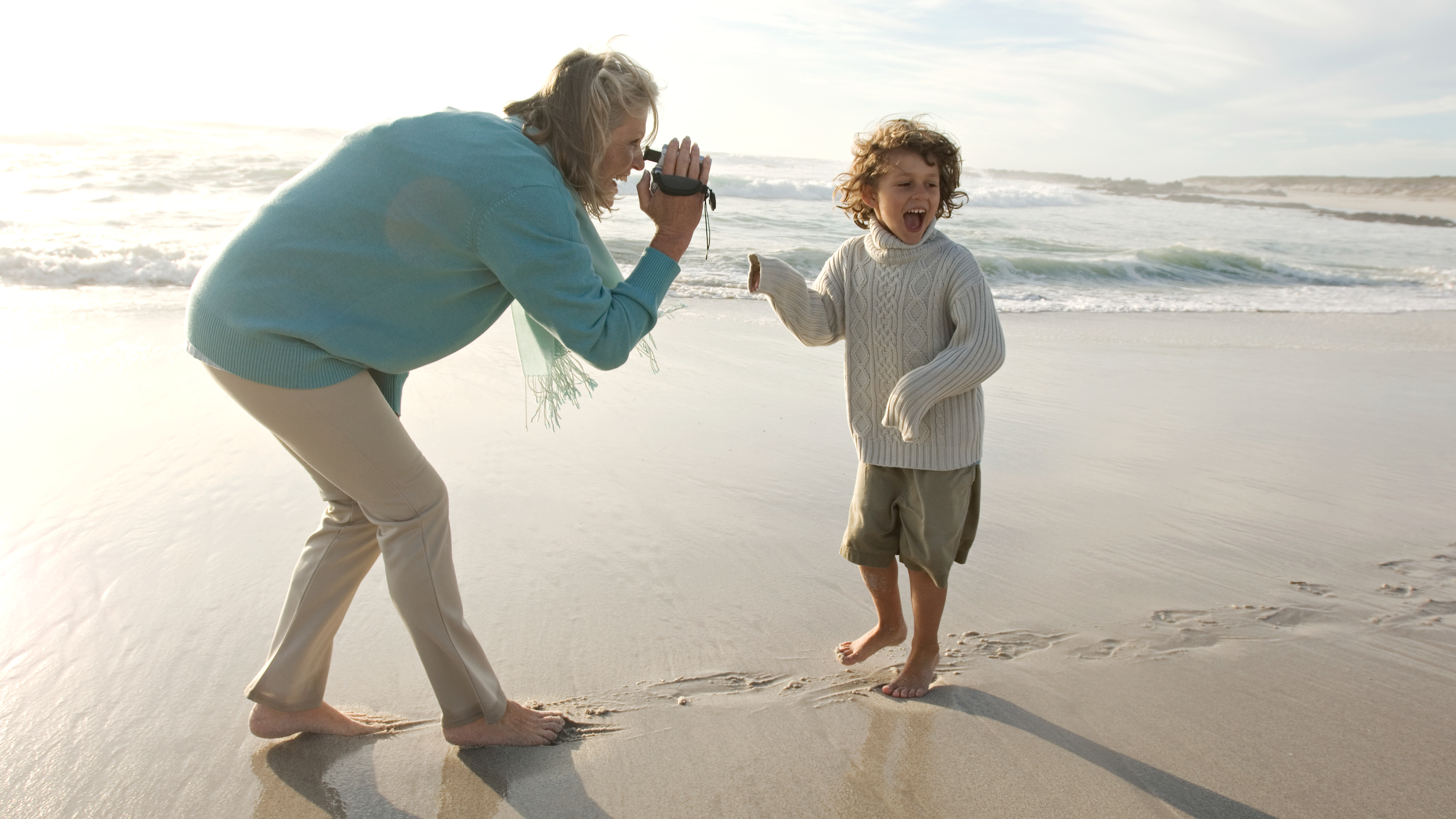
Hunting for the best budget video camera? It’s a challenging time for everyone, budget-wise, and if you want to shoot great videos without forking out a fortune, it pays to do your research. There are absolutely great cameras out there that will allow you to capture high-quality video – you just have to know which ones they are.
We’ve divided this guide into sections based on camera type. First, we deal with action cameras, tiny waterproof models that are great for travel and extreme sports, with a fixed wide-angle lens. Next, we’ve included a dedicated video camcorder – an all-in-one solution for casual use with a big zoom that that great for videoing distant subject.
After that we’ve included a fixed-lens compact camera, offering high-quality video features in a small package. Lastly, we’ve included some mirrorless camera options, which will give you the greatest quality and flexibility, but at a higher cost (and where you may well have to pay extra for the lens).

Jon spent years at IPC Media writing features, news, reviews and other photography content for publications such as Amateur Photographer and What Digital Camera in both print and digital form. With his additional experience for outlets like Photomonitor, this makes Jon one of our go-to specialists when it comes to all aspects of photography, from cameras and action cameras to lenses and memory cards, flash diffusers and triggers, batteries and memory cards, selfie sticks and gimbals, and much more besides.
Best budget video cameras: our top picks
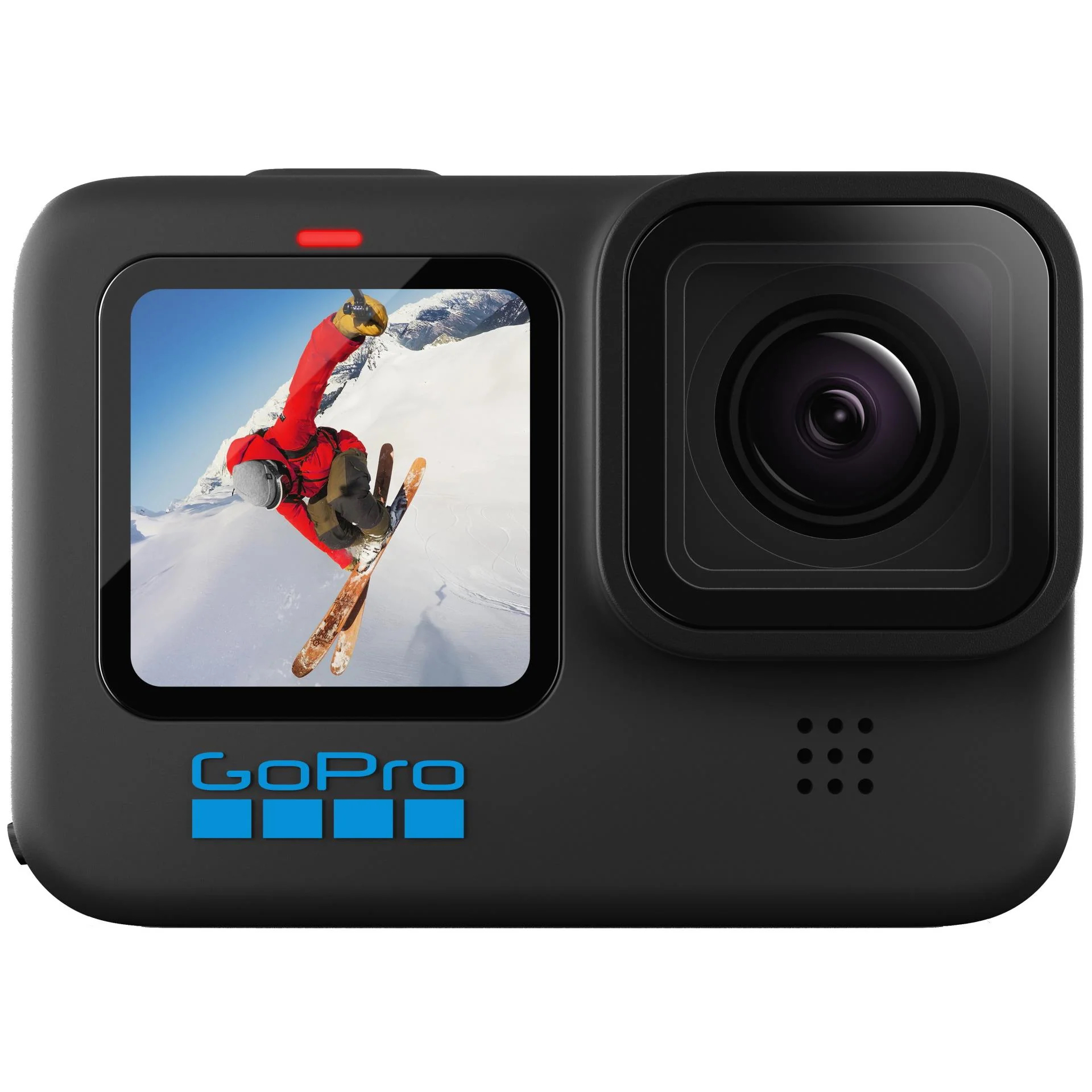
Best budget action camera
If you're looking for near-new specs, but on a budget then the GoPro Hero10 Black is the best action camera to pick thanks to its 5K footage and impressive image stabilization.
Read more below
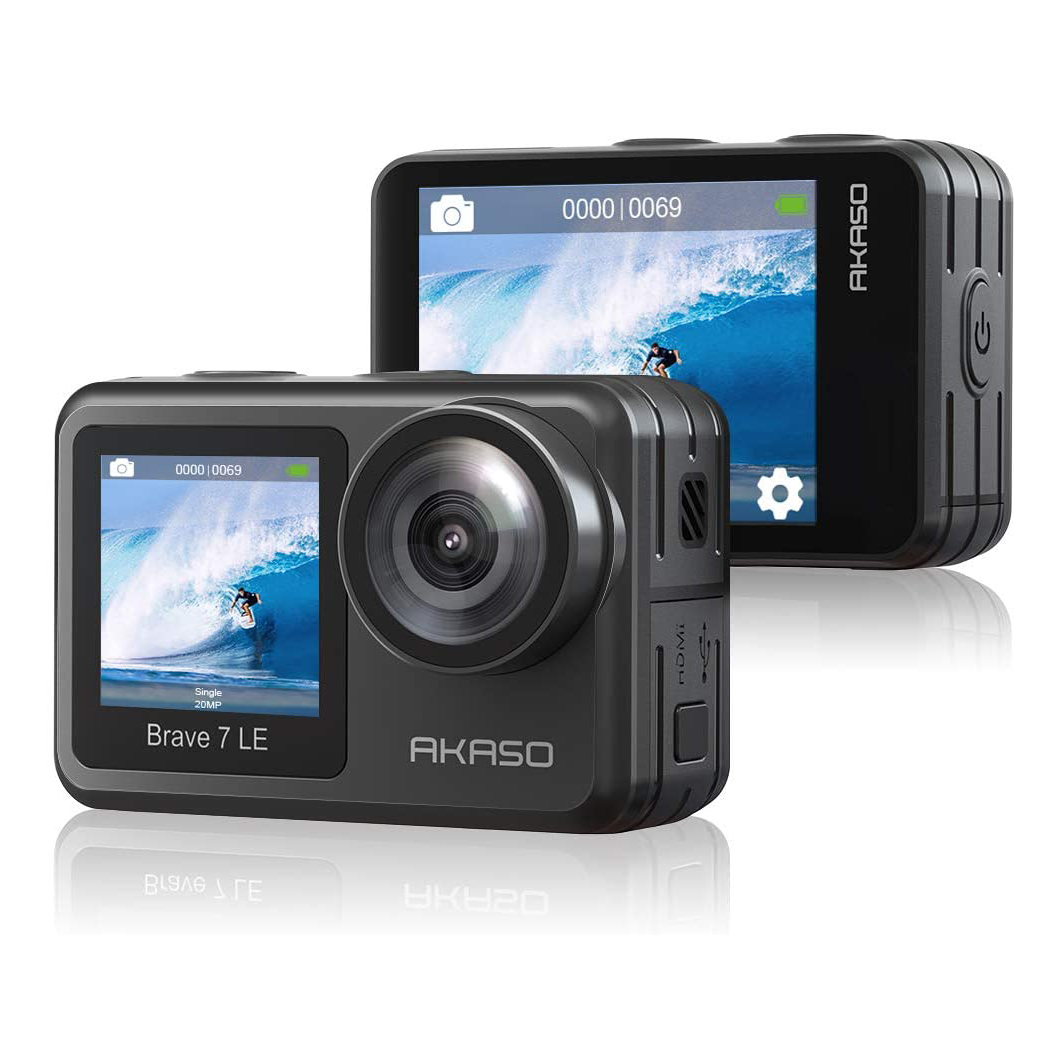
Best cheap action camera
If you want a cheap action camera, and 4K footage is fine then this is the best bang for the buck out there.
Read more below
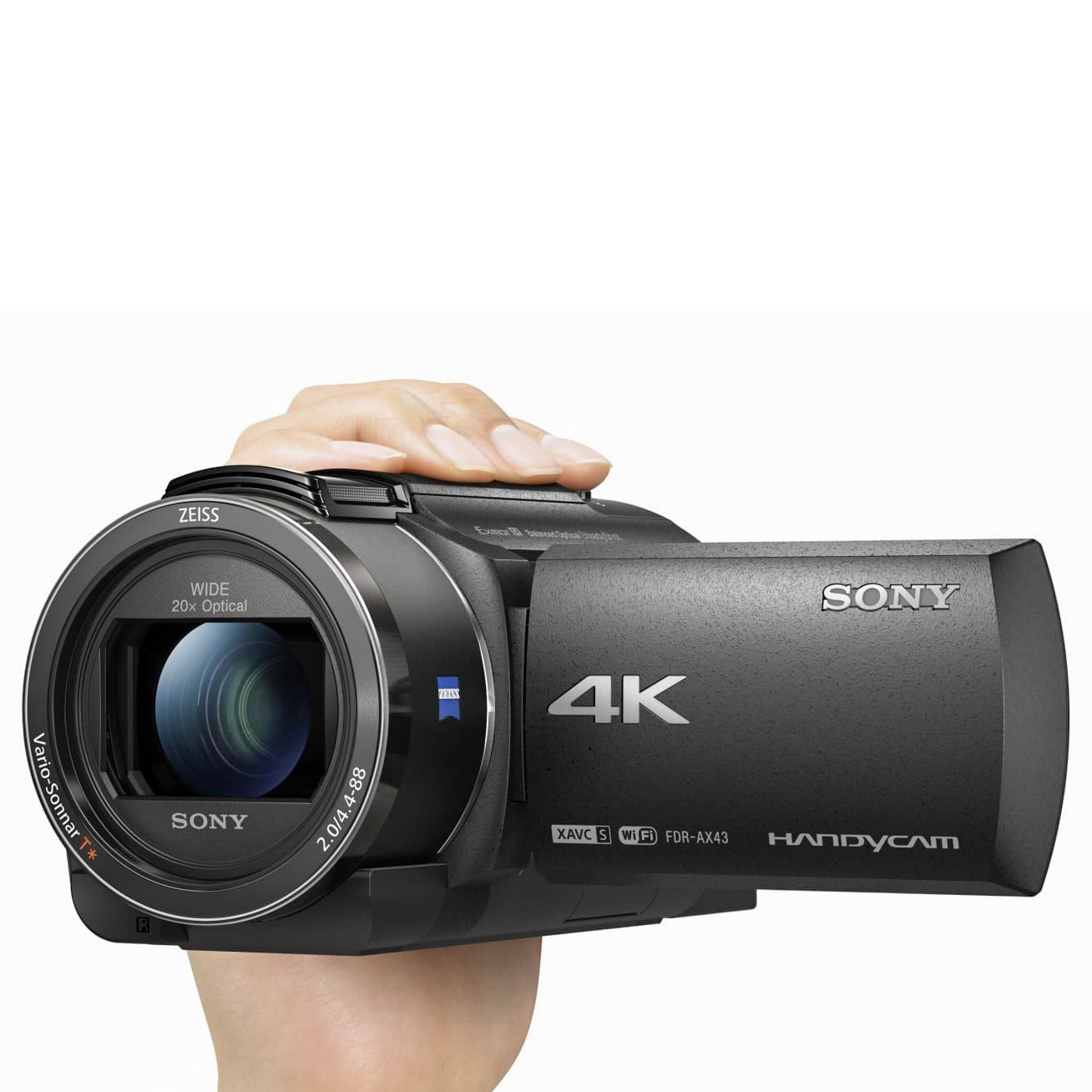
Best budget camcorder
A camcorder is a no-frills, no-fuss kind of video option for those who need something straightforward with a big zoom.
Read more below
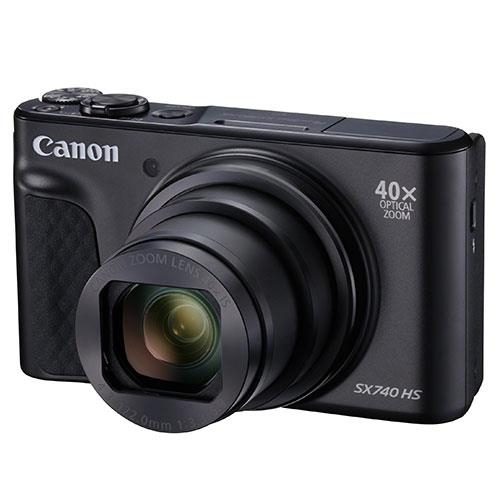
Best budget point and shoot
If you want a camera that can take great images at long range, and still fit in your pocket, this is the one for you, which has incredible 40x zoom.
Read more below
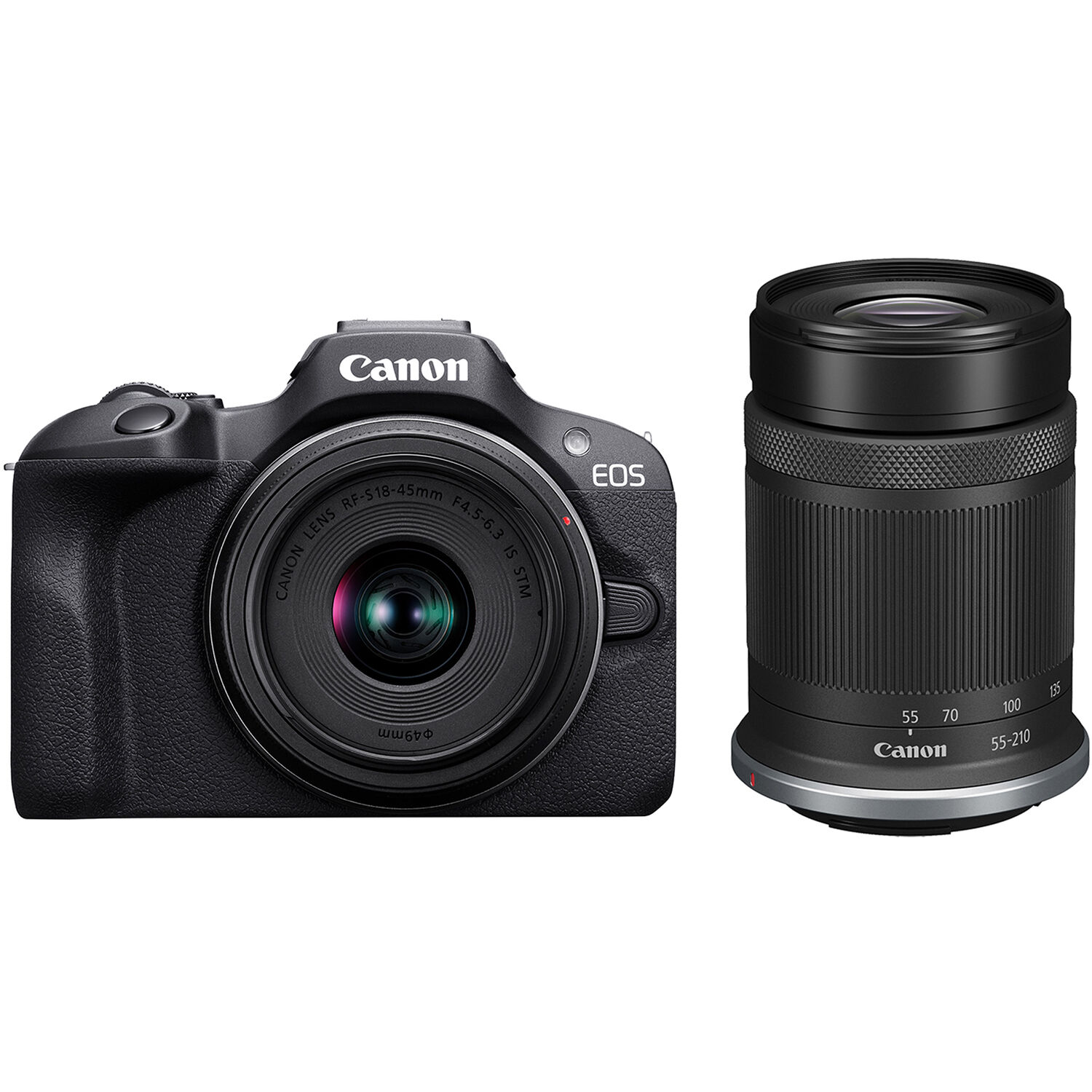
Best budget 4K mirrorless
This is our top recommendation as a beginner camera - and its advanced autofocus and 4K resolution make it a great budget choice for video too.
Read more below
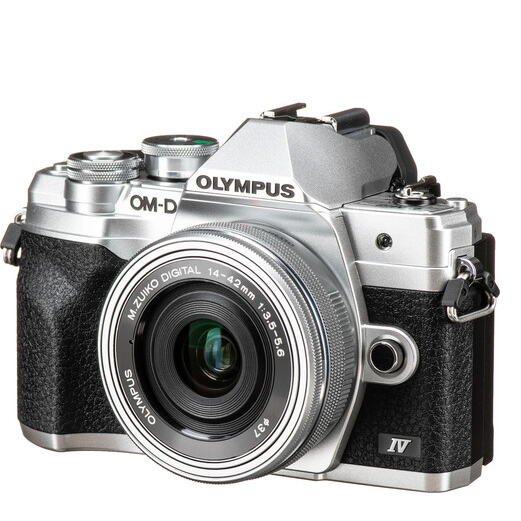
Best budget all-rounder
If you want a modern camera but have a budget over $500/£500 then this is a camera that one of the best all-rounders for the price.
Read more below
The best budget video cameras you can buy
Why you can trust Digital Camera World
Action cameras
Best budget action camera
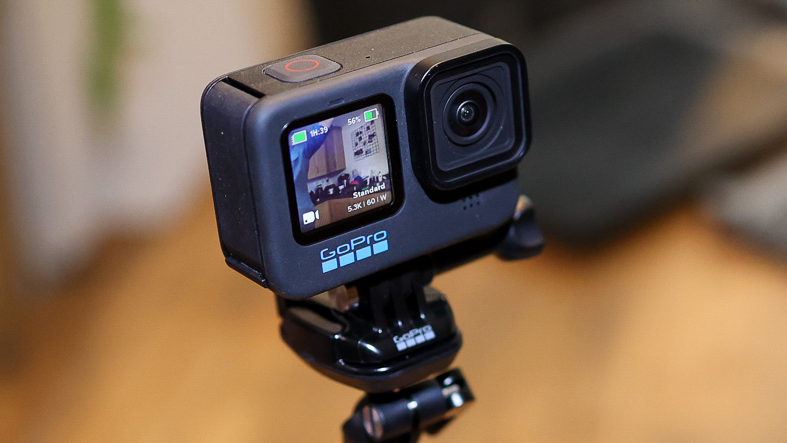
Specifications
Reasons to buy
Reasons to avoid
The GoPro Hero10 Black is now three generations old, having been replaced by the Hero 11 Black, Hero 12 Black, and Hero 13 Black. However, this 2021 model is a great budget by and unlike older models has a front-facing screen, which helps me line up shots perfectly. Plus, its G2 processor makes the interface incredibly responsive compared to its predecessor.
My standout feature is its capability to record 5.3K 60p using GoPro's HyperSmooth 4.0 video stabilization which is incredible, and let's not forget it can shoot 23-megapixel photos too.
Now, the GoPro Hero 10 might be a bit more than what I need if I just want a helmet cam for safety purposes. However, if I'm after a camera that can record super-smooth, high-quality video, it's definitely a good choice, especially when I can snag it at the right discount.
Read more: GoPro Hero 10 Black review for more details.
Best cheap action camera
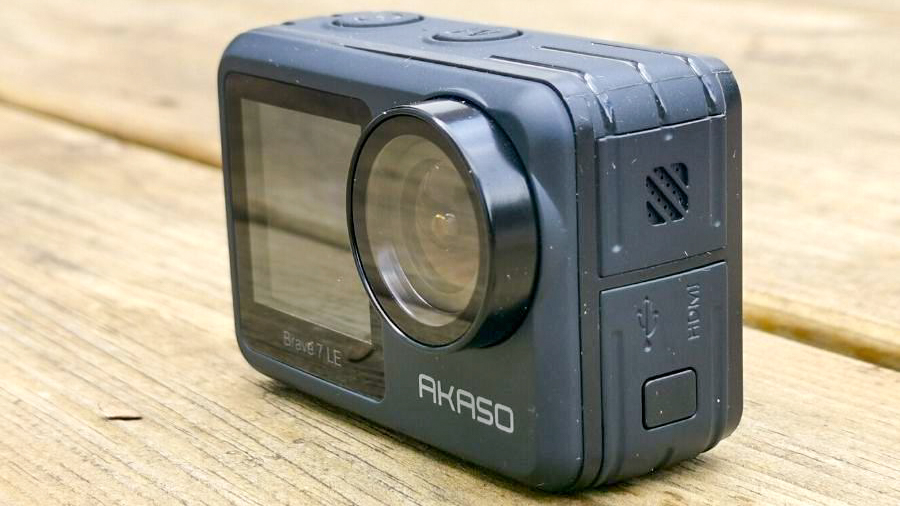
Specifications
Reasons to buy
Reasons to avoid
There are loads of budget action cameras out there, but it can be a minefield of false economy. Just because something is cheap, doesn’t mean it’s worth it! However, the Akaso Brave 7 LE is the best cheap action camera that justifies its cost.
With 4K 30p video (no 60p, but still not bad), it can capture footage of good-enough quality for most purposes, and it even squeezes in something the GoPro Hero 8 Black is missing – a front-facing selfie screen for bloggers.
The stabilization system, while not a patch on GoPro’s, does the job just fine and makes the camera much more usable hand-held. As we said in our review, this is “a great value action camera for all-round use.”
Read our full Akaso Brave 7 LE review for more details
Camcorders
Best budget camcorder
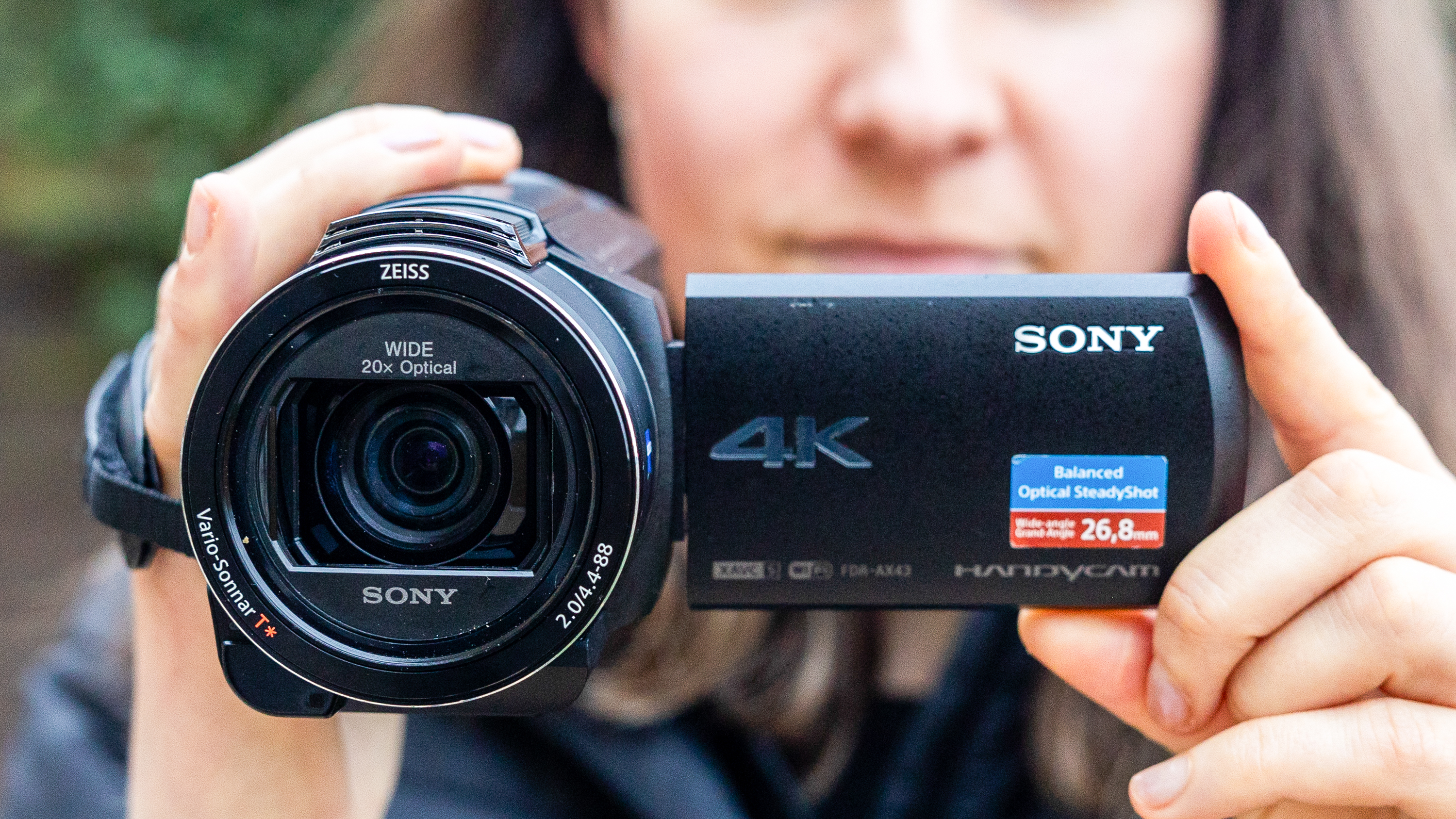
Specifications
Reasons to buy
Reasons to avoid
When it comes to video, sometimes I just want something straightforward and hassle-free, and that's where the Sony AX43 camcorder comes in perfectly for me. Many of the budget camcorders from the top manufacturers have been discontinued in recent years, but this one is a sensible price - and the cheapest that I'd recommend.
I really appreciate its powerful 20x optical zoom lens, which offers great versatility for shooting wildlife or sports - or just for picking out a face in a crowd.
What I love about camcorders is that they are designed solely for shooting video - so they strap to your hand like a glove making them simple to shoot with. Sony's Intelligent Auto Mode provides really impressive results, and and in our test we only rarely found it necessary to delve into the many manual override options available in the menu system.
A drawback of this budget model is that lack of an eyelevel viewfinder - so you have to use the flip-out 3in LCD screen for framing, which can cause problems when trying to shoot in bright light.
Impressively, however, this model has a built-in headphone socket for checking the sound as you record - and another input for a microphone (which is a highly recommended accessory to get if you want the best audio).
Read our full Sony AX43 review
Compact cameras
Best budget point and shoot
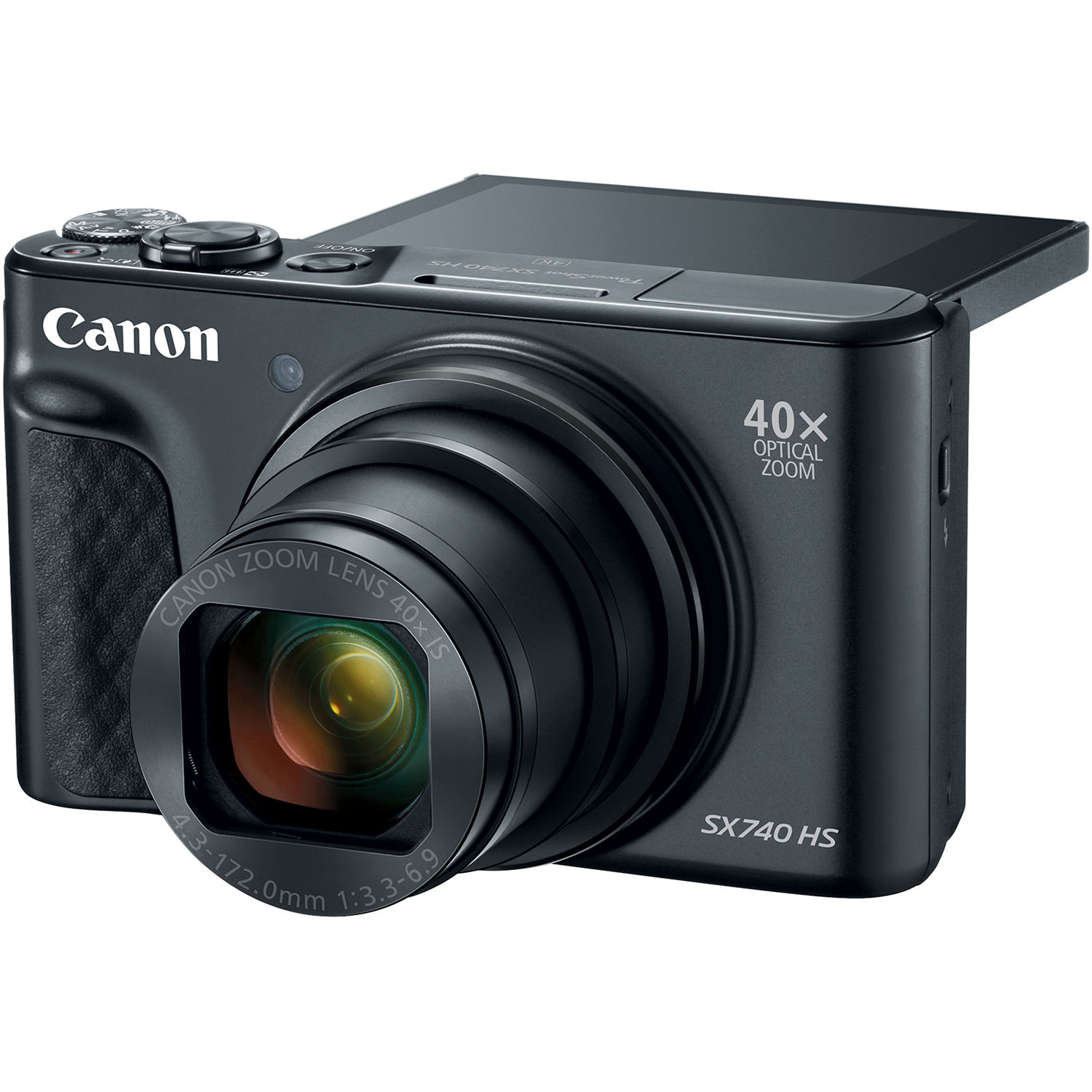
Specifications
Reasons to buy
Reasons to avoid
If you're after a point-and-shoot camera with incredible zoom capabilities, look no further than the Canon PowerShot SX740 HS – with its focal range equivalent to a full frame 24-960mm! It has a 20.3MP 1/2.3-inch sensor and an LCD screen, which can be flipped to face the front making it perfect for selfies. What we love about this, is that unlike bridge cameras with bigger zooms, this really is a pocket-sized camer.
It has a maximum continuous burst shooting rate of 10fps, and it can also film video in 4K. (The Canon PowerShot SX730 HS can be found slightly cheaper if you don't need 4K video and it still has Full HD recording.) The image quality and autofocus performance on this camera is pretty good, and overall I rate this as an excellent camera for the price.
Read our full Canon PowerShot SX740 HS for more details
Mirrorless cameras
Best budget 4K mirrorless
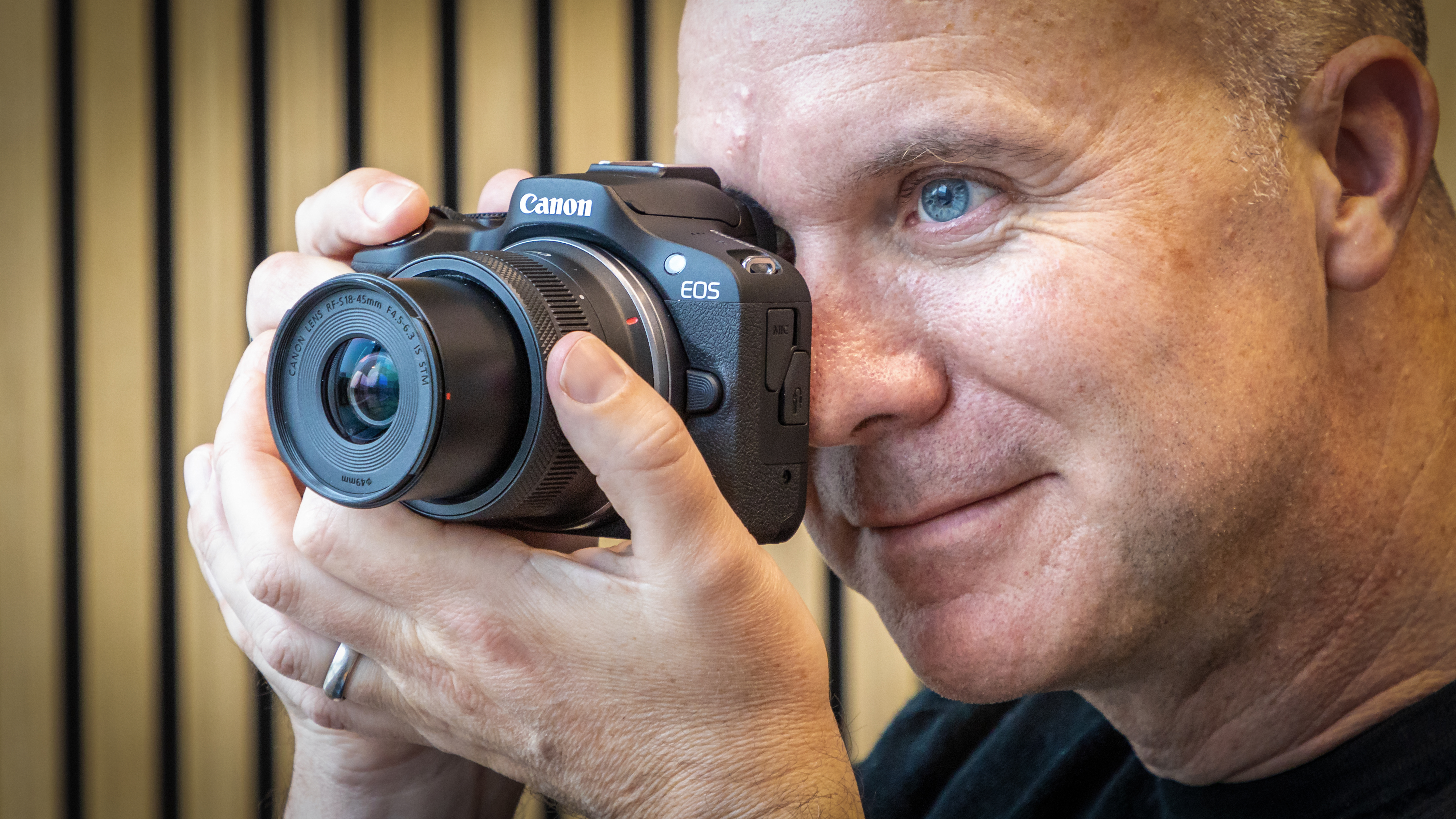
Specifications
Reasons to buy
Reasons to avoid
This is Canon's entry model to its impressive range of EOS mirrorless cameras and lenses. It is our favorite beginner camera, as it offers such an affordable entry point into enthusiast photography. Some low-cost rivals use old technology - but the R100 has impressive autofocus capabilities - and can automatically detect a subject's eyes and focus on them, making it great for shooting interviews or family footage. You can shoot 4K - but to have to make do with a cropped image, and an an impaired autofocus performance. You can live with this, however - and there are no such inconveniences if you shoot in Full HD instead. Crucially, however, unlike some other models, this camera can capture video in in a vertical orientation as well as horizontally, making it a suitable camera choice for TikTok fans.
Read our full Canon EOS R100 review for more details
Best budget all-rounder
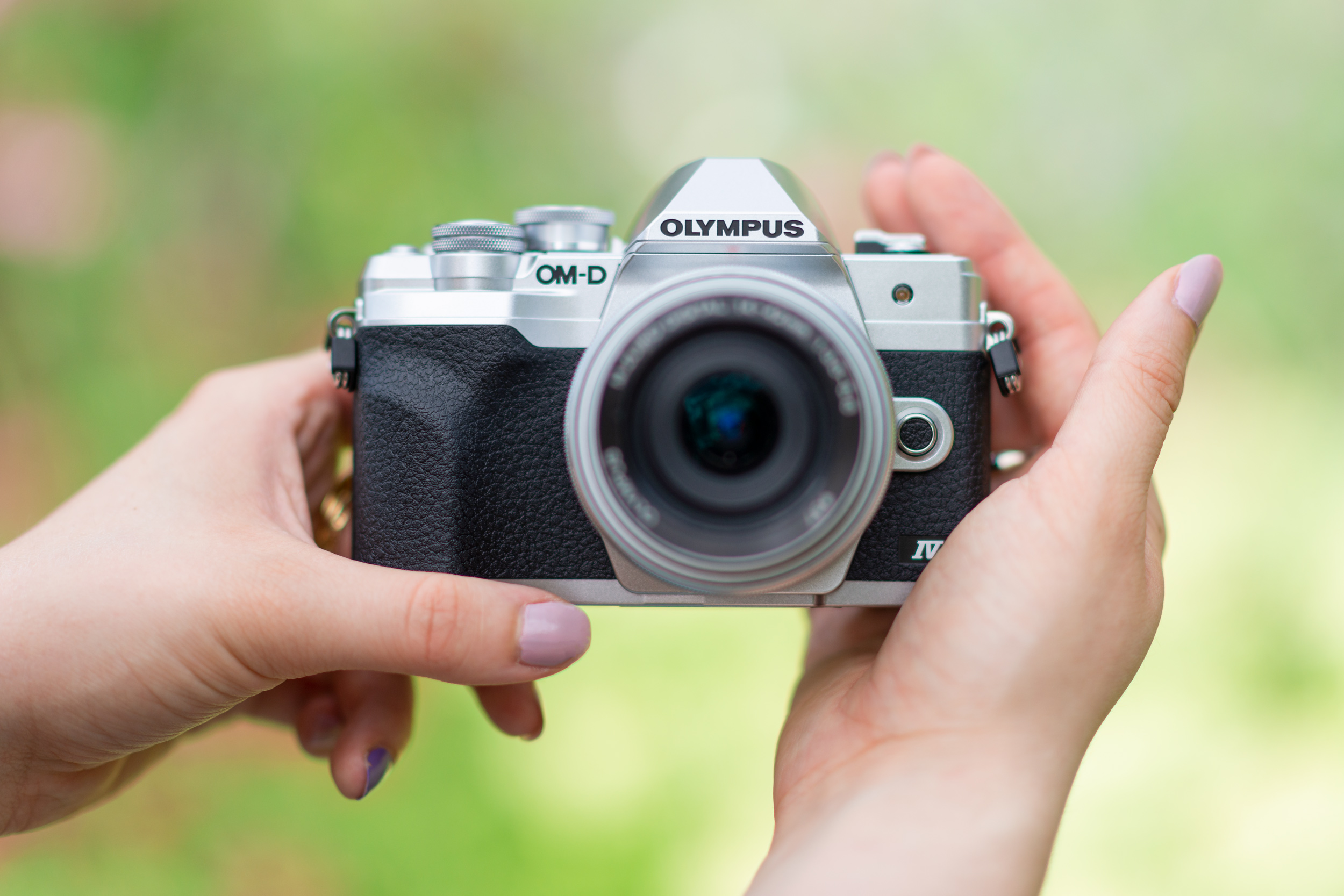
Specifications
Reasons to buy
Reasons to avoid
Another beginner-friendly Micro Four Thirds camera option, the Olympus OM-D E-M10 Mark IV is a hugely stylish camera that also has video tech where it counts. Capable of shooting 4K video at 30p, it also boasts Olympus’s 5-axis stabilization system, which is one of the most capable on the market, and makes it super-easy to get smooth footage shooting handheld.
You’ve also got a flip-down screen for vlogging purposes, making it easy to film yourself, and the autofocus on the E-M10 IV is reliably accurate. We would have liked a mic port, but given that this is a more expensive camera anyway, budget users likely won’t be springing extra cash for a microphone. It’s a capable all-in-one video setup.
Read our full Olympus OM-D E-M10 Mark IV review for more details
What to look out for
You aren’t going to get all the top-line features when buying a budget video camera, so it’s important to focus on what you can get. Here are the key things to look out for:
Resolution: the quality of the video, measured by pixels. While 4K is nice if you can get it, for budget users, Full HD (1920 x 1080 pixels) will do the job just fine.
Frame rate: How many frames per second the camera shoots when recording video, In budget video terms, 30p is fine, 60p is good, and 120p and above is useful for slow-motion – nice if you can get it, but not essential.
Zoom range: This can be useful for run-and-gun video shooting. Camcorders will tend to have considerable zoom capabilities, other cameras less so. Action cameras don't have zooms, as they have a fixed wide-angle lens.
Waterproofing: If you’re going to be taking your camera into wet conditions, you need to think about waterproofing. Action cameras and tough compacts are going to be your best bet here.
How we test
How we test cameras
We test different types of camera in different ways. We test mirrorless cameras in both in real-world shooting scenarios and in carefully controlled lab conditions. Our lab tests measure resolution, dynamic range, and signal-to-noise ratio. Resolution is measured using ISO resolution charts, dynamic range is measured using DxO Analyzer test equipment and DxO Analyzer is also used for noise analysis across the camera's ISO range. For camcorders and action cameras, our tests are predominantly done in the field – shooting video in a variety of situations, and comparing the results with those we have seen from the hundreds of other video cameras we have tested over the years. Find out more about how we test and review on Digital Camera World.
Read more:
Best camera for video
Best camcorders
Best budget action cameras
Best phone for video
Best camera for filmmaking
Get the Digital Camera World Newsletter
The best camera deals, reviews, product advice, and unmissable photography news, direct to your inbox!
Jon spent years at IPC Media writing features, news, reviews and other photography content for publications such as Amateur Photographer and What Digital Camera in both print and digital form. With his additional experience for outlets like Photomonitor, this makes Jon one of our go-to specialists when it comes to all aspects of photography, from cameras and action cameras to lenses and memory cards, flash diffusers and triggers, batteries and memory cards, selfie sticks and gimbals, and much more besides.
An NCTJ-qualified journalist, he has also contributed to Shortlist, The Skinny, ThreeWeeks Edinburgh, The Guardian, Trusted Reviews, CreativeBLOQ, and probably quite a few others I’ve forgotten.
